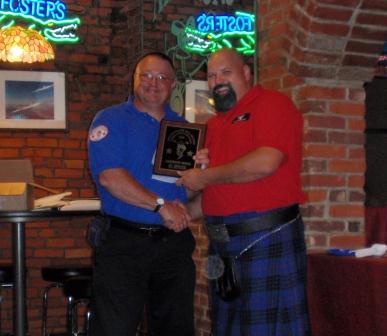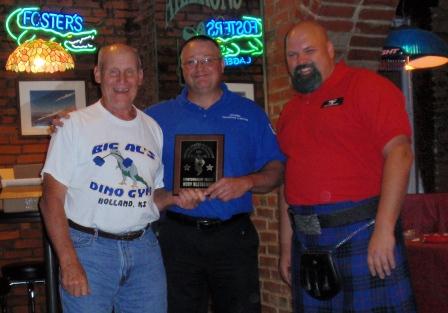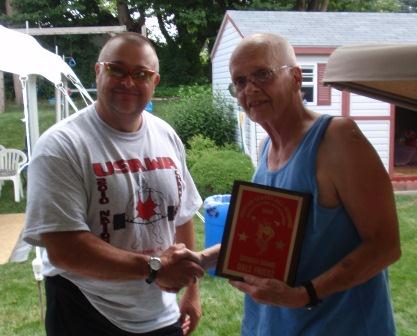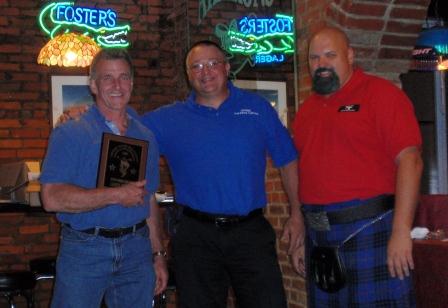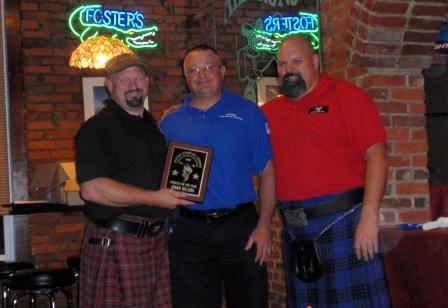Al Myers: Leadership Award
by Thom Van Vleck
This years leadership award went to Al Myers. I won’t mention who was 2nd….Ok, maybe it was me. But I must have been a distant second in the voting because Al had quite a year last year and was well deserving of this honor.
Bill Clark was the heart and soul of the USAWA for many years. For over 40 years some member of my family was getting his newsletters. Having done a newsletter myself for several years I KNOW the work and cost involved. Al took over the secretary job from Bill and has upheld the high standard Bill set. There is no doubt that for years Bill kept the USAWA going and now that mantle has fallen on Al. Bill brought his unique skill set to the job and so has Al. It’s like comparing apples and oranges, each one is great in their own way. Let’s focus on some of the things that led me to vote for Al, and I’m sure others for the same reason.
First, the website. Back in the day, I got several newsletters. They were the way to go. I can recall when a First Class stamp was 6 cents…now it’s 7 times that amount! Al realized that newsletters were becoming more and more impractical and a website with daily news on it was a necessity. He also realized that the news needed to be updated daily so that people who check back daily and keep interest up. I’m not saying websites are better than newsletters (honestly, I enjoyed the paper in my hand reading it during a workout) it’s just more practical in this day and age. With the younger people, they are used to fast updates, fresh news, early and often and a website is the only way you are going to do that. Al also recruited some top notch writers (ahem….) to help him out. He knew people would get tired of just meet reports, so get in some variety and step outside just USAWA news from time to time. This has also shown the light of day to quite a few stories that would have never been read otherwise. One in particular was Larry Traub’s story on “Things I Hate about the Sport I Love”.
Second, getting others involved. Al contacted me one day and asked if I would be interested in hosting the USAWA Nationals. He wanted a new location for the meet in the hopes that the variety might help attendance. I knew this was a big job, but I also knew Al would not leave me hanging so I accepted. Al has talked many of us into going to meets that we might otherwise not attended. That’s what leadership is all about.
Third, providing equipment. Al has produced much of the apparatus needed to perform all the various lifts in his gym. I wonder how many records have been set at the Dino Gym? I also wonder how many records have been set on equipment that Al made? So he not only provides opportunities for setting records in his own gym he has made equipment that has been used in other gyms to set USAWA records. For example, last year he had a writing contest and the prize (and several were provided) was a thick DB handle to to the DB walk.
Finally, Al will make you feel good about yourself. Al is a great friend to many of us and I know I appreciate that. Often, as lifters, we should be encouraging one another and often we do not do this as much as we should. I believe Al has encourage many and again that is the mark of leadership.
I am excited to see what will happen to the USAWA under Al’s leadership. For many years Ol’ Clark kept things going, now Al is keeping things going. I hope he sticks around a long as Bill did!
